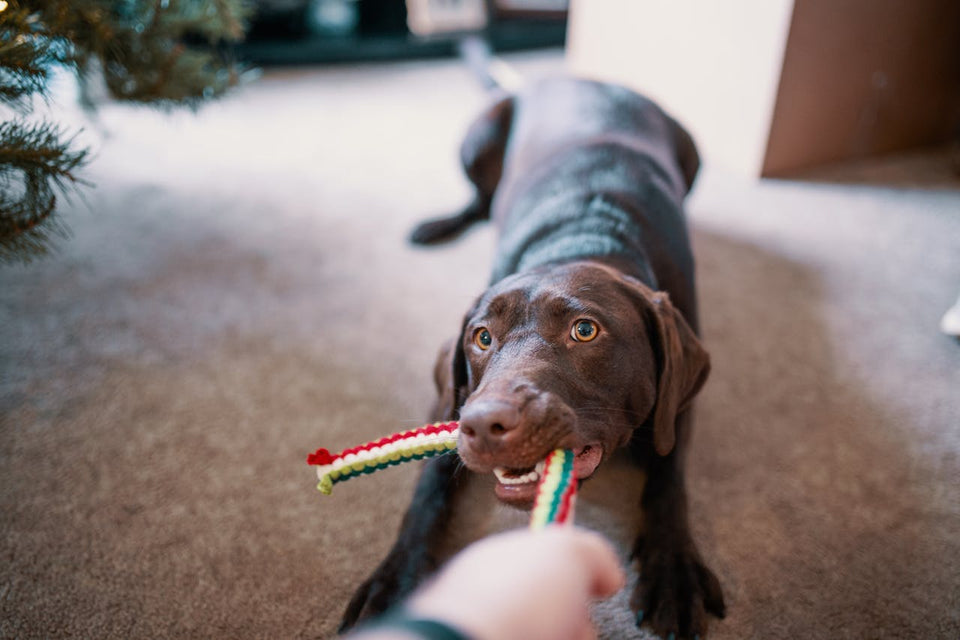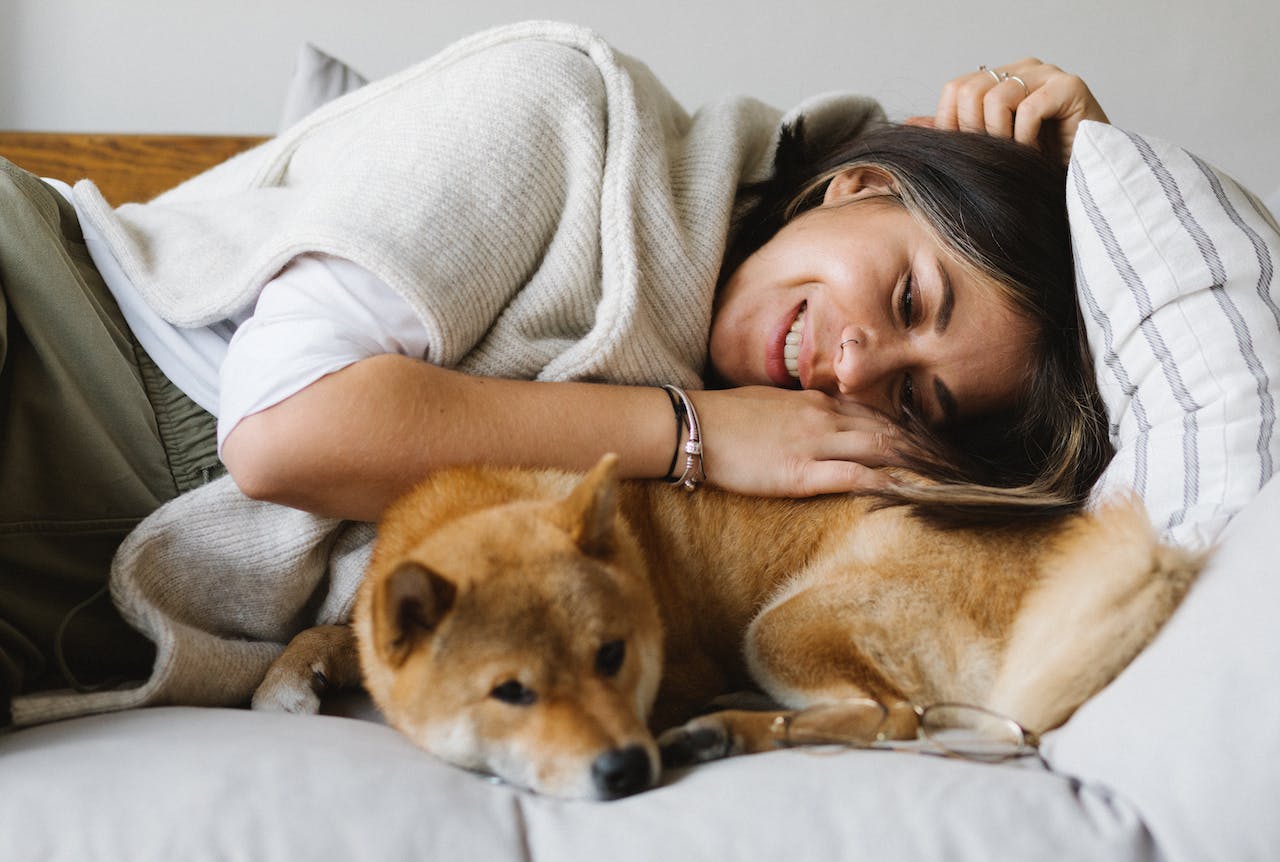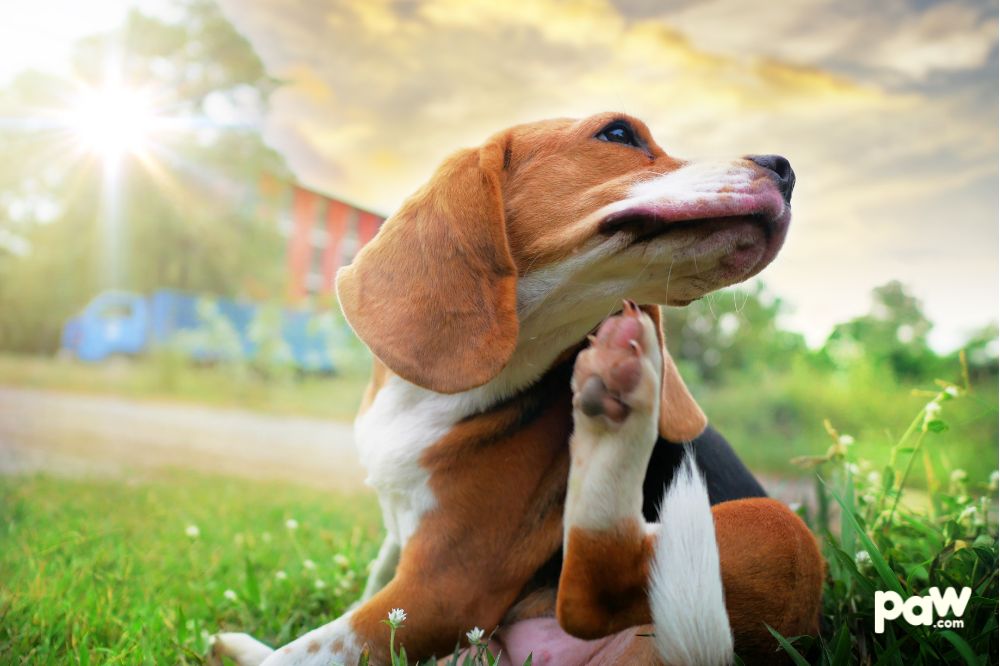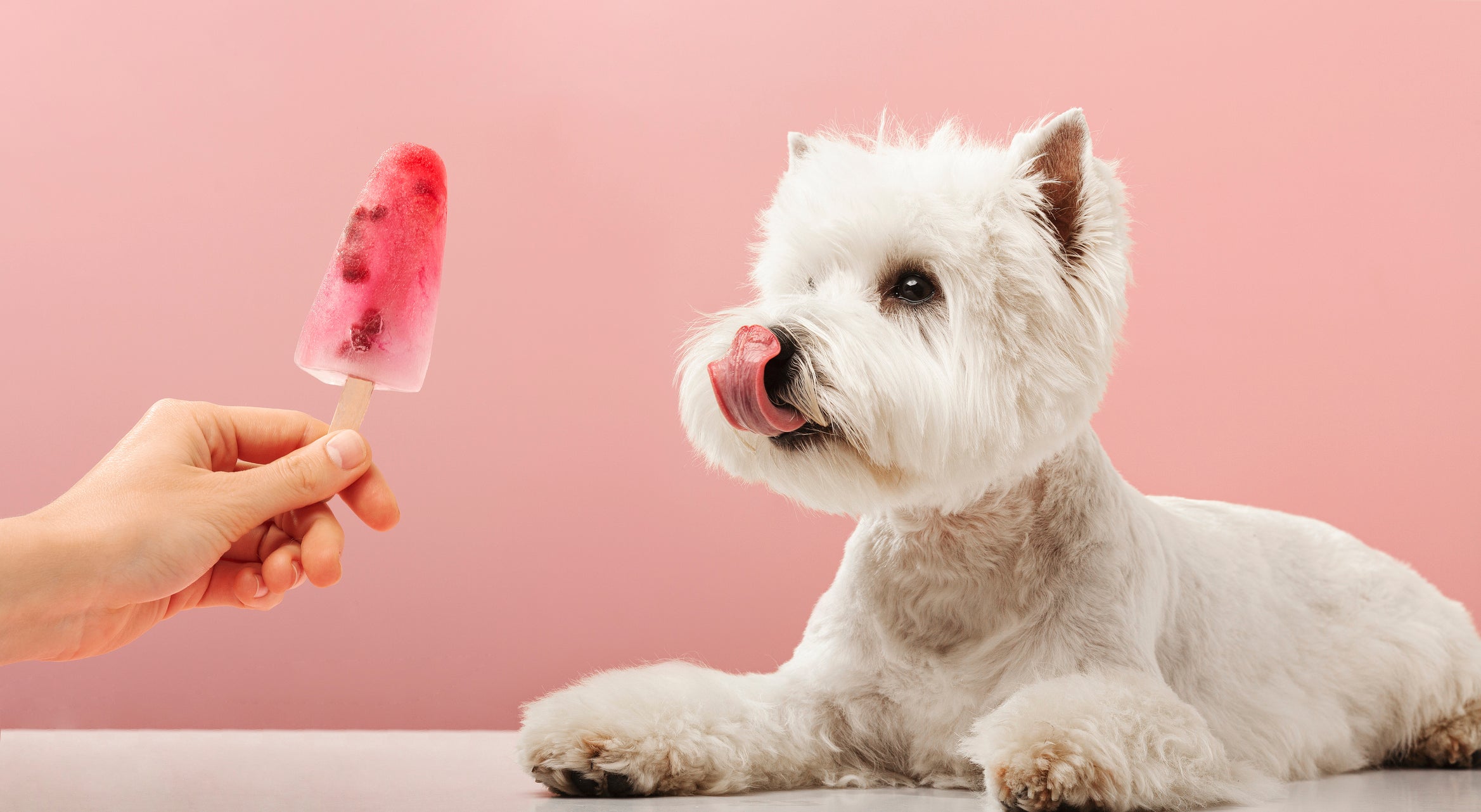
Why Won't My Dog Play with His New Toys?

Understanding why your dog might not play with new toys requires a deep dive into canine behavior. Dogs are as individual in their preferences as humans.
Factors influencing their toy interaction include breed, age, personality, and even past experiences. A dog's breed can often dictate its play style. Age plays a crucial role, too, as puppies and senior dogs have different play needs.
Past experiences can significantly impact a dog's current toy preferences. A dog with a negative experience with a particular toy type might be reluctant to engage with similar toys. Let's discuss dog toys and why your furry companion might not want to play with them.
Understanding Your Dog's Scent Preferences
Dogs heavily rely on their sense of smell. This is crucial when introducing new toys. New toys come with unfamiliar scents, which might take time to be attractive to a dog. Incorporating your scent onto them can encourage scent association with new toys.
Your scent can be a comforting and familiar signal to your dog. The scent is a key factor in a dog's selection of toys. A dog might be more inclined to play with a toy that smells like its owner or environment.
The Role of Texture in Dog Toy Preferences
Texture plays a significant role in a dog's preference for toys. Dogs might show a clear preference or aversion to certain textures. Observing your dog's reaction to different textures can give insight into their likes and dislikes.
Matching toys to your dog's texture preferences can enhance their engagement. Some dogs prefer the softness of plush toys, while others might enjoy the resistance of harder, rubbery textures. Exploring a variety of textures can help you find the perfect match for your dog.
Size and Shape: Critical in Toy Selection
The size and shape of a toy can significantly influence a dog's interest in it. Choosing the appropriate size is crucial for safety and enjoyment. Smaller dogs might be intimidated by larger toys, while large dogs could accidentally swallow or choke on toys that are too small.
The shape of a toy can also determine how a dog interacts with it. Some shapes are more suitable for particular breeds due to their mouth structure and play habits. Understanding breed-specific preferences can guide you in selecting the right shape. The relation between size, shape, and a dog's play style is important in toy selection.
Related: Roughhousing or More? Exploring Why Dogs Play Fight
Color Perception and Dog Toy Interaction
Dogs perceive color differently from humans. They are not entirely colorblind but have a limited color perception. Colors that are most attractive to dogs typically fall within the blue and yellow spectrum.
Understanding this can influence how you select toys. Choosing colors within their visual spectrum can make the toys more appealing to them. Debunking the myth of complete color blindness in dogs is important in understanding their interaction with toys.
Sound: A Key Element in Dog Toys
A toy's sound can either entice or deter a dog from playing with it. Dogs' reactions to squeaky versus silent toys vary widely. Some are intrigued by the noise, while others might be scared or annoyed.
Sound can act as a play stimulant. However, it's important to note that too much noise or overly loud sounds can be overwhelming for some dogs. Balancing the sound element in toys is crucial to ensure they are engaging but not distressing.
Related: How to Show Your Dog Love 101
The Influence of a Dog's Age on Toy Play
A dog's age significantly affects play behavior. Puppies, adults, and senior dogs have different needs in terms of play. Young puppies often enjoy soft, chewable toys that cater to their teething needs. Adult dogs may prefer more interactive or challenging toys. Senior dogs often require gentle, easy-to-manage toys due to their reduced energy levels and potential health issues.
As dogs age, their toy preferences evolve. It's important to adapt your toy choices to match these changes. Energy levels in dogs change as they grow older. This shift affects their style of play and interaction with toys.
Health considerations are crucial for older dogs. Issues like arthritis can impact how a senior dog plays. Choose toys that are safe and comfortable for them to use.
Understanding Breed-Specific Toy Preferences
Different dog breeds often have general toy preferences. Breed characteristics can guide your toy selection. Researching your dog's breed can provide valuable insights into their play preferences. Customizing toy choices based on breed characteristics can enhance playtime.
Some breeds have strong hunting, herding, or retrieving instincts. Toys that stimulate these instincts can be more engaging for them. However, it's important to avoid stereotypes. Each dog is unique. Observing your dog's individual preferences is critical.
Related: Why Do Dogs Like to Curl Up?
Health Issues That Can Affect Play Behavior
Various health issues can impact a dog's willingness to play. Recognizing these issues is essential for maintaining a healthy play routine. Dental health is important in toy interaction. Dogs with dental problems may avoid certain types of toys. Joint and mobility issues also affect how a dog plays.
Choose toys that are easy to handle and don't require much effort. Adapting play for dogs with health concerns ensures they can still enjoy playtime without discomfort. Consult a veterinarian if you notice changes in your dog's play behavior. They can provide advice tailored to your dog's health needs.
We have all your dog’s bedding needs covered! Visit Paw.com for the best in doggy comfort!
Training and Its Effect on Toy Engagement
Training plays a vital role in how dogs interact with toys. Teaching your dog to engage with different types of toys can enhance their play experience. Reward-based training positively impacts toy play. It encourages dogs to interact with new toys.
Balancing discipline and fun is important during playtime. Training methods should be enjoyable yet effective. Encourage your dog to play with new toys through positive reinforcement.
Environmental Factors Influencing Toy Play
The home environment significantly influences toy interaction. A safe and stimulating play area encourages active play. The presence of other pets and family members can also affect a dog's play behavior. Dogs may behave differently in group play settings.
Outdoor and indoor play preferences vary among dogs. Some prefer the freedom of outdoor play, while others enjoy indoor activities. Adjust your environment to suit your dog's play preferences. This can make new toys more appealing to them.
The Psychology Behind Play and Toy Selection
Understanding the psychological aspects of dog play is important. Play provides mental stimulation for dogs. It's a vital part of their emotional well-being. Playtime offers stress relief and emotional benefits. Recognizing signs of boredom is crucial. Boredom can lead to a lack of interest in toys. Encouraging exploratory and problem-solving play keeps dogs mentally stimulated.
Building a safe space for your dogs will encourage them to let their guard down and play. Paw.com has everything you need to make your dog feel right at home!
Encouraging Healthy Play Habits with the Right Toys
In conclusion, various factors influence why a dog may not play with new toys. Understanding your dog’s age, breed, health, training, environment, and psychological needs is crucial.
Adapting to these factors ensures a fulfilling play experience for your dog. Regularly experimenting with different toys can keep your dog engaged and happy. Remember, play is essential for a dog’s physical and mental well-being.
Share this article
written by


